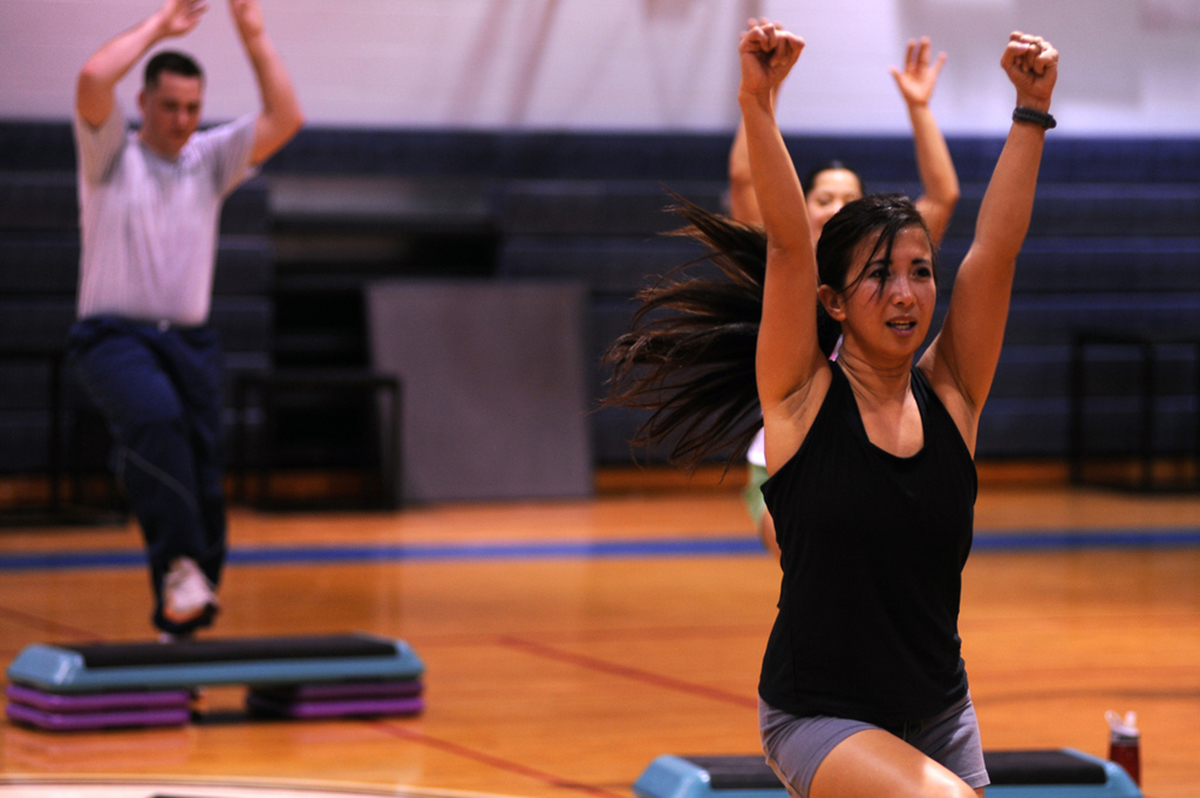Table of Contents
Lack of exercise and having a sedentary (inactive) lifestyle are the leading risk factors in developing chronic heart disease, which high blood pressure is a pre-cursor for. Exercise has many benefits not simply to improve heart health; but it also decreases weight, strengthens bones and joints, improves sleep, lowers stress and many more factors. Deciding to start an exercise program is the first step to improving high blood pressure, but before you start make sure you seek approval from your GP or doctor first. Think also about when can you exercise? And how long have I got to exercise? What exercise am I going to do? Answering these questions first will allow you to put together an exercise routine you can actually stick with.

What is the best type of exercise?
It was mentioned above that you should undertake gentle exercise when suffering from high blood pressure. But there are two main types of exercise you can undertake:
Stretching: This involves stretching the upper and lower body every day, before and after exercise to increase the length of the muscles and improving your flexibility. By stretching each day you will be able to sustain more exercise without the risk of becoming injured.
Cardiovascular/Aerobic Exercise: Steady exercise being performed by the whole body at an equal pace. For example walking at a gentle pace on the treadmill or cycling at a speed you can maintain for a significant period of time. This type of exercise has the most benefits for your heart and cardiovascular system as it increases the blood flow and elasticity of the arteries.
Jogging or running is a more intense cardiovascular activity that necessitates appropriate footwear and can be modified based on stamina. Swimming offers a full-body workout in a low-impact environment, making it ideal for those with joint issues. Dancing is a lively way to boost heart rate and can be enjoyed solo or in group settings. Jumping rope is a high-intensity exercise that rapidly accelerates the heart rate, demanding good coordination. Rowing is a dual-benefit exercise, improving cardiovascular health while also strengthening various muscle groups.
Hiking, especially uphill, combines the serenity of nature with significant cardiovascular benefits. Zumba, blending dance and fitness, offers an energetic cardiovascular workout set to dynamic music. Lastly, stair climbing, either on machines or actual stairs, is a practical way to enhance cardiovascular fitness and integrate exercise into daily life.
How often and how much should you do?
In general there are guidelines provided as to how much exercise you should do.
Read More: Regular Aerobic Exercise is Effective in Headache Prevention
You should aim to try and complete exercise that you can sustain for 20 to 30 minutes without stopping at least three times a week to see any real benefits. Try not to exercise two days on the trot as you should give yourself time to rest and recover particularly when first starting out.
In conclusion, it is clear that exercising regularly and maintaining a healthy diet low in saturated fats will help to decrease the risk of high blood pressure and chronic heart disease. Try to exercise three to four times a week for at least 20 minutes to keep your heart healthy and your weight down!
- Article1, Leonneke et al 2013, clinical physiology and functional imaging. Hypertension Risk
- Photo courtesy of Benson Kua by Flickr : www.flickr.com/photos/bensonkua/5968057795/
- Photo courtesy of Kenny Holston by Flickr : www.flickr.com/photos/kennyholston/5351129140/
- www.ncbi.nlm.nih.gov/pubmed/23742035
- www.webmd.com


Your thoughts on this